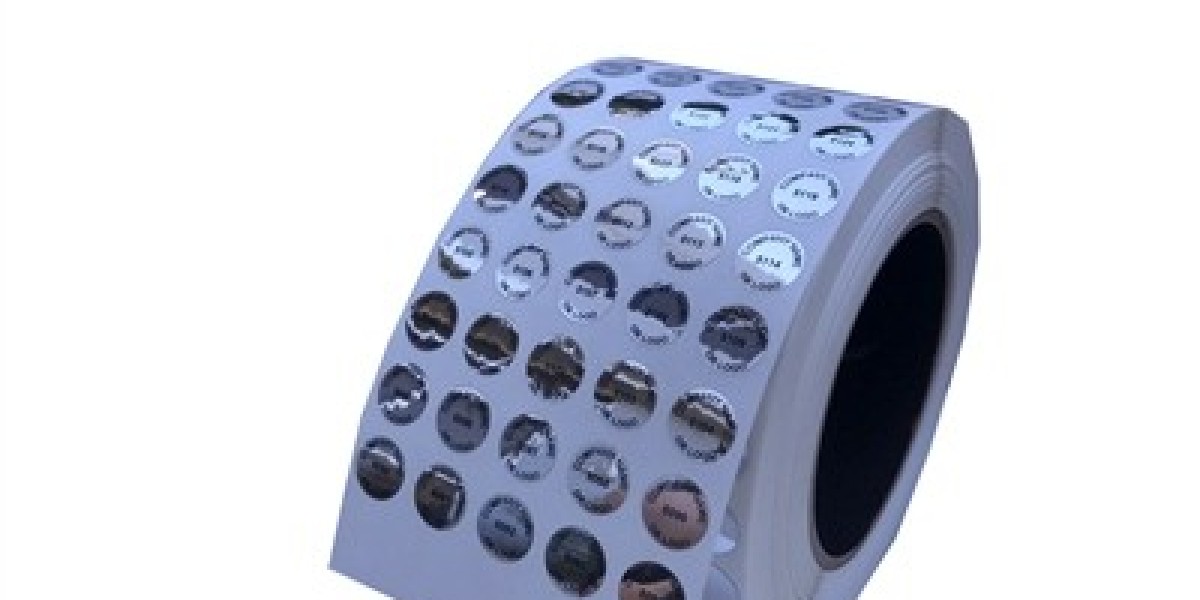Geocell is a modern engineering solution designed to provide structural stability to soil and aggregates. It is a three-dimensional honeycomb structure made from high-density polyethylene (HDPE) or similar materials. These cells are used to stabilize the ground, improve load distribution, and prevent soil erosion. This innovative solution has revolutionized various construction applications by improving durability, reducing costs, and being environmentally friendly.
The Actual Purpose of Geocell
The primary purpose of geocells is to provide stability to soft or unstable soils. When filled with soil, sand, or gravel, geocells distribute loads more evenly and reduce stress on the underlying ground. This is especially critical in applications such as roads, slopes, and embankments. Geocells also help minimize erosion caused by water or wind, making them an essential solution in environmentally sensitive areas.
Geocell Driveway Applications
Geocell driveway exporters are gaining traction globally due to the system's ability to enhance driveway durability. When used in driveways, geocells create a firm base that can support heavy loads without causing deformation. The structure locks in the aggregates, ensuring a stable and permeable surface that reduces water runoff and prevents pooling. This makes geocells a sustainable option for residential and commercial driveways.
Benefits of Using Geocells for Driveways
The benefits of using geocells in driveways include:
- Improved load distribution to prevent cracking or sinking.
- Enhanced water permeability to reduce drainage issues.
- A reduction in the use of non-renewable materials like asphalt or concrete.
- Cost savings in maintenance and repairs.
Geocell Road Construction in India
In recent years, Geocell road construction in India has seen significant growth. The country’s diverse geography and challenging terrains demand durable infrastructure solutions. Geocells are extensively used to build roads over soft soils, ensuring longevity and reducing maintenance costs. They also enable the use of locally available fill materials, which lowers overall construction expenses.
Advantages of Geocells in Road Construction
- Improved road stability on soft or marshy grounds.
- Reduced material costs by allowing the use of local aggregates.
- Faster construction timelines due to the ease of installation.
- Long-lasting roads that require less frequent repairs.
Geocell Slope and Embankment Applications
Geocells are highly effective in stabilizing slopes and embankments. By providing a structured framework for soil retention, they minimize the risk of landslides and erosion. Geocells can also be vegetated to enhance their environmental benefits, making them a popular choice in eco-sensitive areas.
Benefits of Using Geocells for Slopes and Embankments
- Prevention of soil erosion and landslides.
- Reduced maintenance costs for embankments.
- Enhanced aesthetics when vegetated.
- Improved environmental sustainability by reducing the need for retaining walls.
Geocell Manufacturers and Their Role in Innovation
Geocell manufacturers play a crucial role in advancing this technology. They continuously innovate to produce geocells with improved durability, flexibility, and ease of installation. These manufacturers also focus on creating eco-friendly solutions by using recycled or sustainable materials in geocell production.
Key Factors in Choosing a Geocell Manufacturer
When selecting a geocell manufacturer, consider the following factors:
- Quality and durability of the material.
- Availability of customization options for specific projects.
- Compliance with industry standards and certifications.
- Competitive pricing and after-sales support.
How Geocells Promote Sustainability
Geocells are an environmentally friendly solution that reduces the need for traditional construction materials like concrete and asphalt. They also promote the use of local and recycled aggregates, which minimizes the carbon footprint of construction projects. Additionally, geocells help preserve natural landscapes by preventing erosion and enabling vegetation growth.
Geocells in Military and Emergency Applications
Geocells are not limited to commercial or residential use. They are widely utilized in military and emergency applications to create temporary roads, airstrips, and protective barriers. Their lightweight and collapsible design make them easy to transport and deploy, even in remote locations.
Future of Geocell Technology
The future of geocell technology lies in further innovation and adoption. As industries continue to prioritize sustainability and cost efficiency, geocells will likely become a standard in construction projects worldwide. Advancements in material science are also expected to make geocells even more durable and versatile.
Frequently Asked Questions (FAQs)
1. What materials are geocells made from?
Geocells are typically made from high-density polyethylene (HDPE) or similar durable materials. Some manufacturers use recycled materials to enhance sustainability.
2. How are geocells installed?
Geocells are laid on a prepared surface, expanded into their honeycomb shape, and filled with soil, gravel, or sand. They are then compacted to ensure stability.
3. Can geocells be used for residential projects?
Yes, geocells are widely used in residential projects such as driveways, garden paths, and slope stabilization. They are easy to install and provide long-term benefits.
4. Are geocells suitable for eco-sensitive areas?
Absolutely. Geocells are ideal for eco-sensitive areas as they minimize erosion, allow for vegetation growth, and reduce the need for environmentally disruptive materials.








